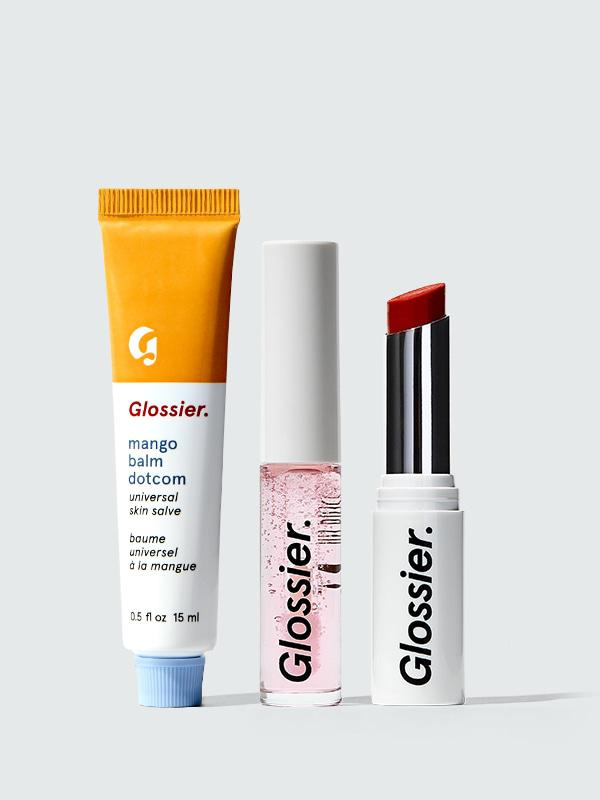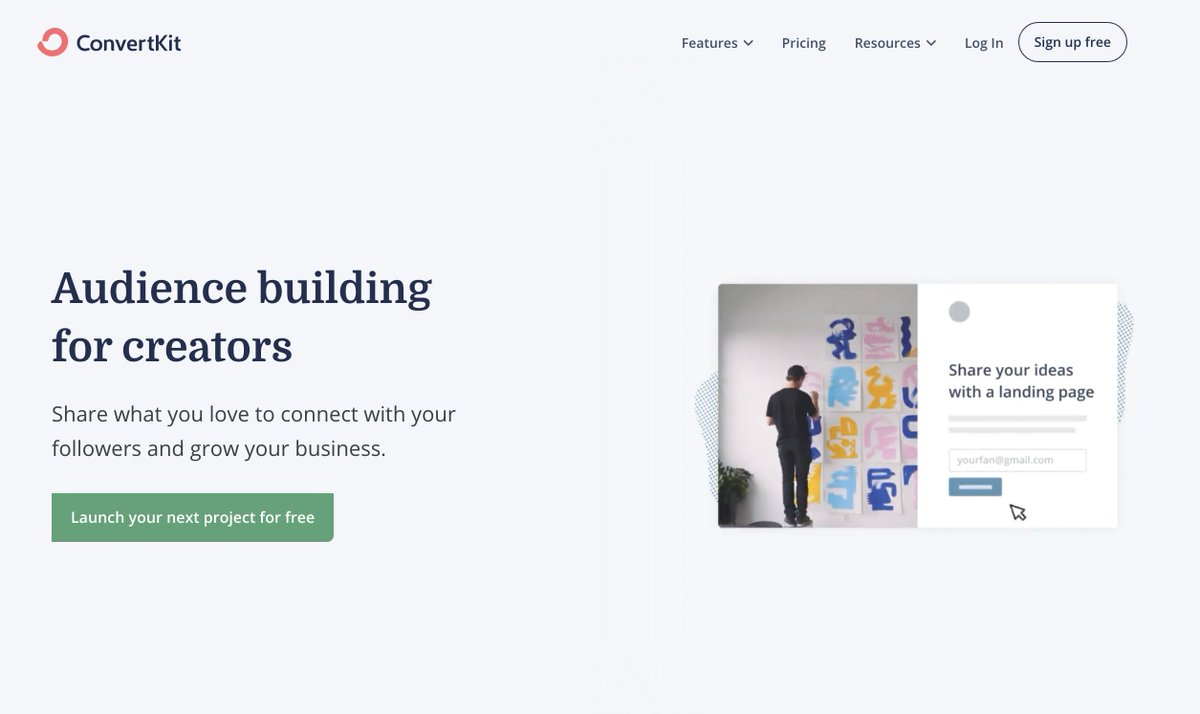
3 months ago 74 million kids in the US got a taste of homeschooling. Pundits debated pros & cons, parents rushed to adjust to a new normal, & many asked what the long-term change would be.
I believe homeschooling played a huge role in my ability to build a $100 million company.
I believe homeschooling played a huge role in my ability to build a $100 million company.
Here are the specifics I learned:
1) The class moves at the pace of the slowest student: you
Class always moved at my pace. Sometimes that was breezing through subjects, other times the pace was really slow for subjects I just wasn’t getting it (chemistry).
So I stayed engaged
1) The class moves at the pace of the slowest student: you
Class always moved at my pace. Sometimes that was breezing through subjects, other times the pace was really slow for subjects I just wasn’t getting it (chemistry).
So I stayed engaged
2) My parents gave me the upside
When there was perfect snow outside I could go out and play as soon as my work was done. Focused work was rewarded with an early play time.
Normal classes give students all the downside (homework, penalties, etc) and none of the upside.
When there was perfect snow outside I could go out and play as soon as my work was done. Focused work was rewarded with an early play time.
Normal classes give students all the downside (homework, penalties, etc) and none of the upside.
3) There is no speed limit
All my friends were older than me. That was fine until they all went to graduate & I had years of high school left.
I asked my parents if high school was 4 years or a set amount of work—they said the latter. So I turned the curricula into a todo list.
All my friends were older than me. That was fine until they all went to graduate & I had years of high school left.
I asked my parents if high school was 4 years or a set amount of work—they said the latter. So I turned the curricula into a todo list.
Summer road trips turned into marathon algebra session. With older siblings in the car I could ask them for help whenever I got stuck. Churning through dozens of math lessons as the western landscape flew by.
I graduated high school and started college at 15. 2+ years early.
I graduated high school and started college at 15. 2+ years early.
4) They made me responsible
I was responsible for completing my work. They were always there to help, but if I had a bad attitude or just couldn’t get it done then that meant missing outings with friends or doing it on the weekend.
I was responsible for completing my work. They were always there to help, but if I had a bad attitude or just couldn’t get it done then that meant missing outings with friends or doing it on the weekend.
5) They treated me like an adult
When I was a 10 I asked a store employee where to find LEGO. He talked to me like a baby. The contrast was so stark I asked my mom about it. She said, “some people feel the need to talk to kids that way.”
My parents never did.
When I was a 10 I asked a store employee where to find LEGO. He talked to me like a baby. The contrast was so stark I asked my mom about it. She said, “some people feel the need to talk to kids that way.”
My parents never did.
They engaged with our questions, challenged our thinking, and treated us as equals. The result was that other adults always remarked on how well spoken we were.
All of this combined resulted in a love for learning that paid off incredibly well.
All of this combined resulted in a love for learning that paid off incredibly well.
“Never let school interfere with your education”
— Mark Twain*
(* Or Grant Allen)
— Mark Twain*
(* Or Grant Allen)
Homeschooling isn't right for every family or kid, but I do think it’s worth considering. If you’re 1 of millions of families forced into the great homeschooling experiment wondering if you should continue it next fall, here’s just one small vote to say you should give it a try!
Curious to read more?
I wrote a full article on my experiences with a lot more detail here: nathanbarry.com/homeschool/
I wrote a full article on my experiences with a lot more detail here: nathanbarry.com/homeschool/
• • •
Missing some Tweet in this thread? You can try to
force a refresh













